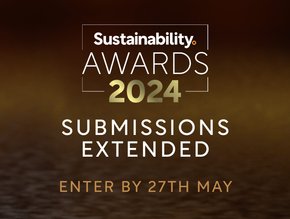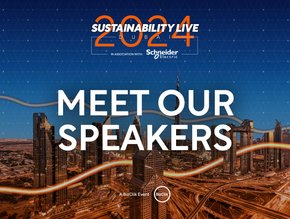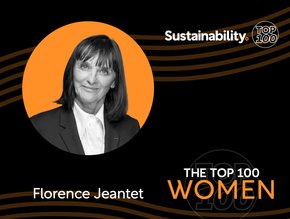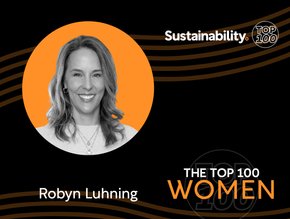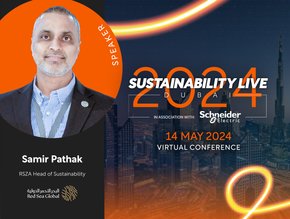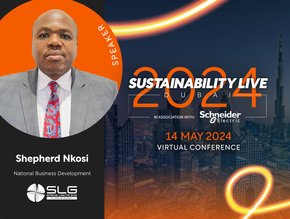What is a circular economy?
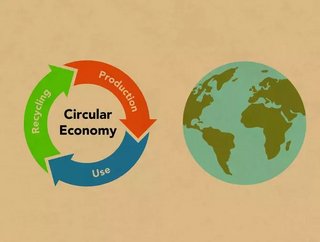
Over the next few centuries, historians will be researching the impact of net-zero targets made during the Coronavirus pandemic. Teachers will be helping students to revise what happened on the day the last drop of oil was burned. Archaeologists will be wondering “How did we get into this mess?” as they dig through ancient 21st century landfill sites, where some of the single-use plastic used this week will be slowly rotting.
A circular economy is a model of production with a sustainable future in mind, where manufacturers are aware of the infinite and finite resources which they use. Let’s break down what a circular economy is - and what it is not.
The linear model of production
A wasteful model of production is ‘take, make, dispose’, with a clear beginning, middle and an ending.
Companies buy the resources needed to make their product at the lowest possible price. The company then sells as many of the product as they can at an affordable price tol make a profit. This profit goes back into buying more resources to make more products and expanding the company. For example:
Take: A manufacturer pays farmers for an ingredient and takes it to their factory.
Make: The ingredient is used to make the desired item and sold to the consumer.
Dispose: When the product is no longer needed by the consumer, it is thrown away. The product may end up in landfill or the sea.
Finite resources and space
Waste is sent to landfills and into the sea, locations which are not sources of infinite space. Some of the ingredients used to manufacture products are also finite..
If production remains at its current rate, the planet is expected to run out of many essential resources throughout the next century:
The fossil fuels oil, gas and uranium, are expected to run out in the 2040s, with the last lump of coal being mined in the 2050s.
Fresh supplies of zinc, silver, copper and gold will also be finished, within the next decade.
The ocean is suspected to contain more plastic than fish by 2050. Maybe even earlier if the plastic inside of the fish is included. The world’s largest landfill site is the Ghazipur garbage dump in India, which at one point was taller than the Taj Mahal (73m).
A circular economy seeks to eliminate waste disposed of in the ocean and minimise the use of landfills.
The circular economy model of production
A circular economy respects the space restrictions of current methods of production and waste, as well as the limit of materials and the environment.
Make: Manufacturers create something, with its future in mind. For example,
Use: The consumer buys the item and uses it. When the item has served its purpose, the consumer can return the item to the manufacturer or take it to a dedicated location where it can be repurposed.
Recycle: The item is taken away to be recycled, reused or repaired and begins its journey again, in the circular economy.
Who is implementing a circular economy?
As reported by Sustainability, retailer H&M has started a new initiative, Looop, where customers can donate their old or unwanted clothes at their local branch. These items are sent off to be remade into new products and sold to a new consumer.
Water, our planet's most precious resource, is naturally recycled - we collect water, use it and then flush it away. It is believed that every water molecule has been drunk at least four times, including by dinosaurs. So it’s only natural for recycling to permeate every other aspect of our lives in the circular economy.

